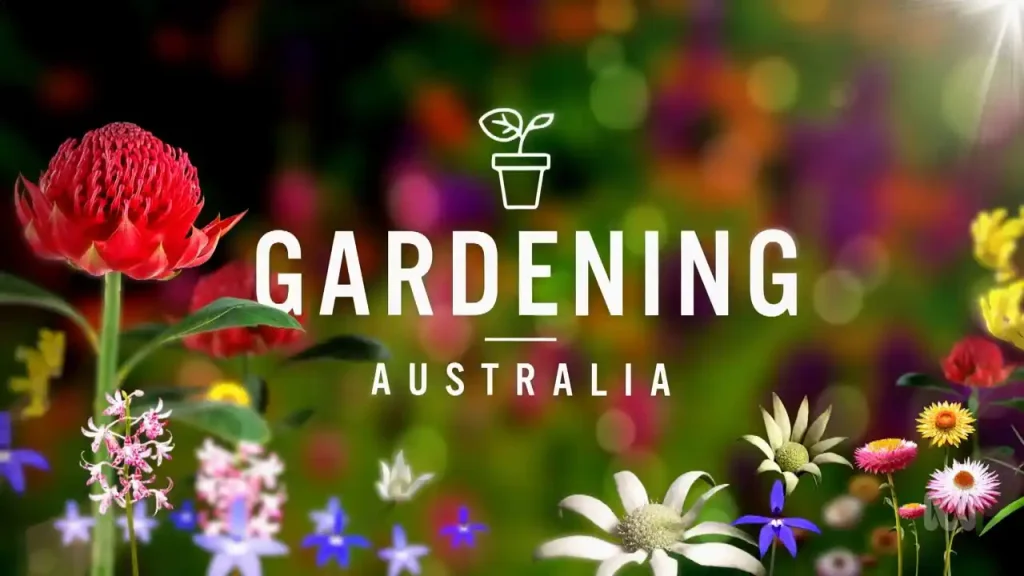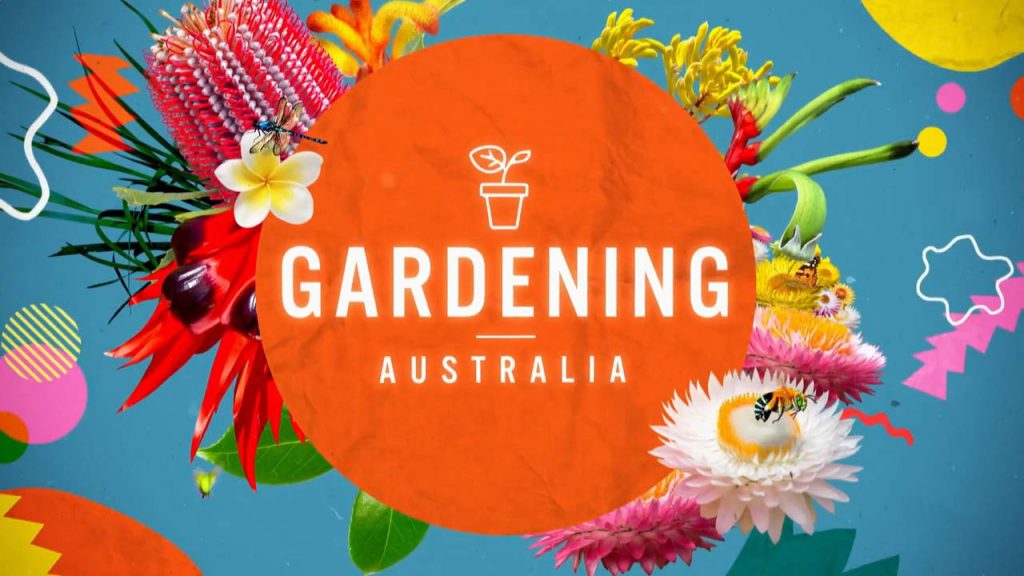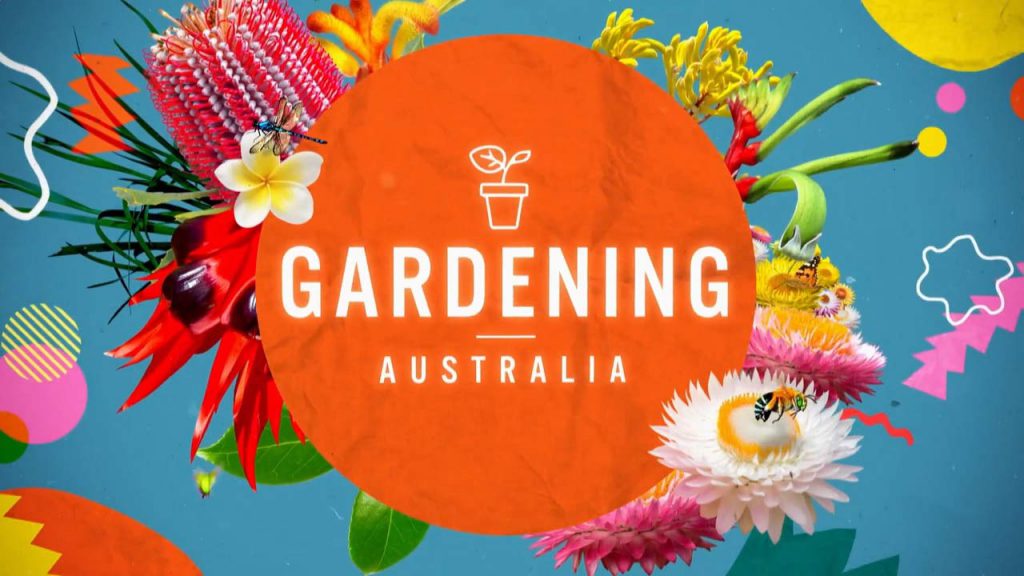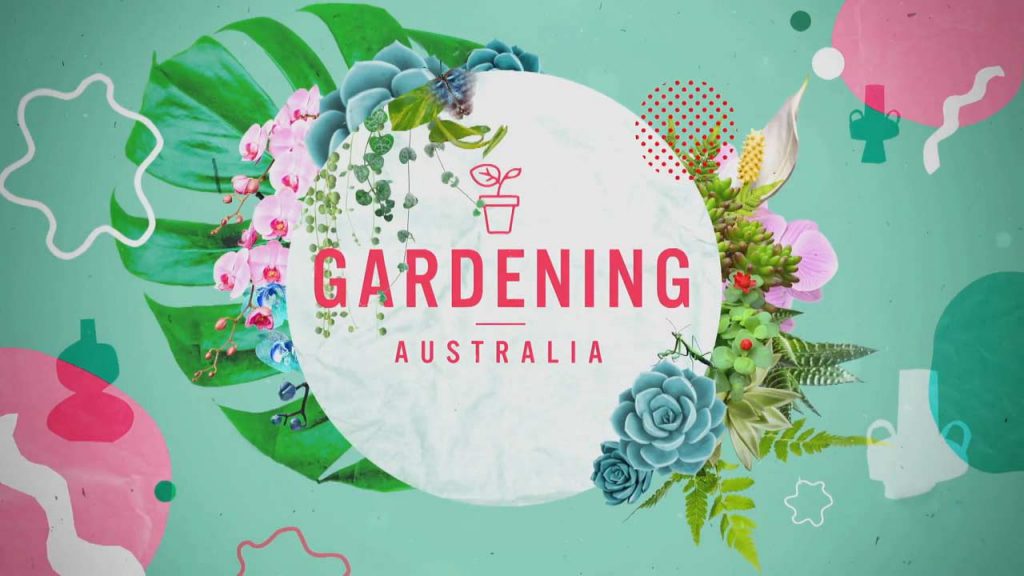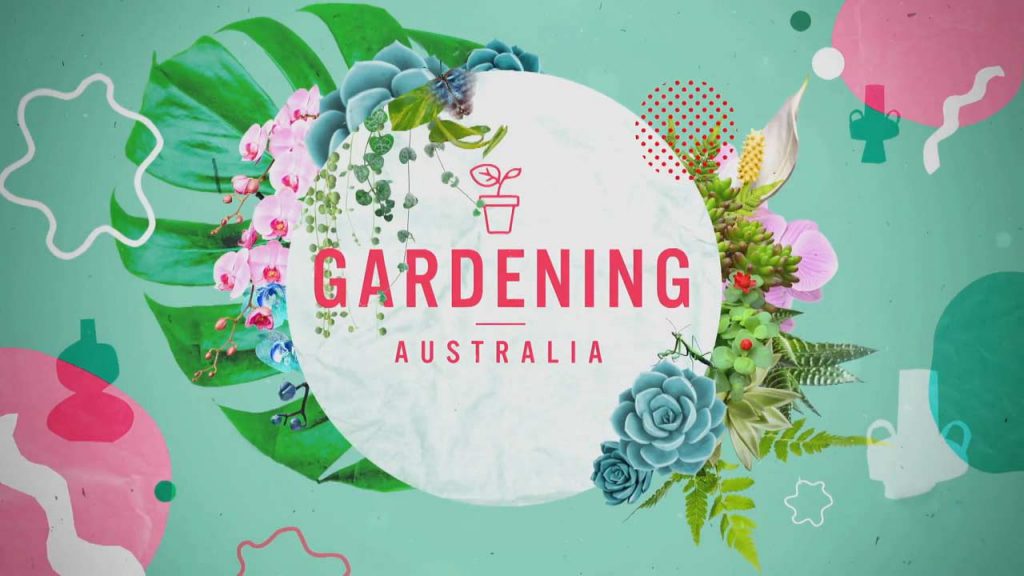Gardening Australia episode 23 2023 – Sophie takes us on a captivating journey through the complex world of botany, where she unravels the intricate processes that allow flowers to eventually bear fruit. Guided by her expertise, we come to appreciate the beautiful transition from bud to blossom to fruit. Meanwhile, Jerry invites us on an exclusive, in-depth tour of a carefully curated bonsai collection, where he highlights not only the aesthetic beauty of these miniature trees but also the years of specialized care and cultivation that go into each specimen.
On another front, Millie embarks on an enlightening expedition to a quarry that’s undergone a radical transformation. Through innovative restoration techniques, this once-depleted area is now a burgeoning ecological paradise. Millie sheds light on the incredible efforts that have made this transformation possible.
In a bid to show that limited space isn’t a barrier to gardening, Tammy demonstrates theart of constructing a vertical garden. She guides us through each step, from selecting the perfect plants to the final installation, making it clear that anyone can create a verdant haven, no matter how small their living space.
Never one to shy away from a challenge, Clarence confronts the frustrating issue of tough weeds that frustrate even the most seasoned gardeners. Armed with a wealth of knowledge and practical tips, he offers up a range of solutions to effectively eradicate these unwelcome garden invaders once and for all.
Finally, in a thrilling conclusion to our explorative journey, we meet an avant-garde indoor plant expert who completely shatters conventional horticultural norms. This innovative individual successfully cultivates a lush indoor garden without relying on soil, opening up a whole new realm of possibilities for indoor plant enthusiasts.
Gardening Australia episode 23 2023
Like the seasons, gardening is characterized by change. In the latest episode of Gardening Australia, we witness the metamorphosis of flowers into fruit, the restoration of depleted land, and so much more. Through the green thumbs of the show’s experts, we’re taken on a journey that proves gardens can be magical places where bare walls are brought to life and stubborn weeds finally meet their match.
Unlocking the Secrets of Flower to Fruit Development
When we bite into a juicy peach or plum, we enjoy the final stage of a fascinating process that begins with a delicate flower. Sophie Thomson pulls back the petals on the intricacies of how blooms become fresh produce.
It all starts with the right conditions. Access to water and nutrients from the soil allows the plant to direct sugars and minerals into developing flower buds. As Sophie explains, each part of the flower has a role to play – the ovary, stigma and pollen are the reproductive elements carrying the plant’s genetics.
To form seeds and fruit, the flower must be pollinated. Bees feast on the nectar and collect pollen, inadvertently transferring grains between flowers. When pollen reaches the stigma, fertilization occurs and the ovary begins to swell into fruit containing the seeds. For some trees like apples and pears, cross-pollination between two varieties is essential. Others like peaches are self-fertile.
With good health and successful pollinator visits, the flower transitions through the stages of development. Sepals elongate into fruit skins or peels. Petals and stamens drop away. The ovary enlarges into the juicy flesh we devour. Seeds complete the life cycle, ready to sprout the next generation.
By feeding and watering plants, especially when flowering, we assist this sequence from showy bloom to harvestable crop. Sophie recommends applying organic potassium fertilizer which aids fruit formation. Deep, frequent irrigation is key so nutrients can flow. Planting pollinator-friendly flowers nearby will also help ensure a bumper crop.
With some attention and appreciation for the transformation occuring, we can look forward to bushels of produce from the first unfurling petals of spring.
Unlocking the Art and Science of Bonsai
For centuries, the Japanese have practiced the art of bonsai, sculpting miniature trees that convey a sense of great age and character. At the Brisbane Botanic Gardens, curator Perry Naumann provides insider access to this fascinating horticultural artform.
As Perry explains, bonsai uses special pots, soil mixes, pruning and wiring techniques to contain natural trees in small spaces. This creates an illusion of maturity from acompressed shape and visible surface roots. The collection Perry oversees is a subtropical showcase, with native figs, melaleucas and more grown into dramatic bonsai specimens.
One of the stars is a carved Swamp Cypress exhibiting ‘Shari’ – areas of deadwood bleached and eroded to resemble damage from time and weather. This adds to the impression of antiquity. Another is a Weeping Melaleuca shaped into a raft-style forest, with shoots wired along a horizontal trunk. A handcrafted pot completes the naturalistic effect.
To maintain the plants, Perry custom blends soils with elements like zeolite and pumice for moisture retention and root pruning. Repotting happens yearly for vigorous trees, less often for slow growing pines. Volunteers who are bonsai devotees assist Perry with the demanding care the collection requires. For them, it’s a labor of love.
While often viewed as mystifying, Perry insists bonsai basics can be grasped by novice gardeners. Have patience, let trees acclimate to outdoor conditions, and don’t expect instant results. Follow these steps and you may find yourself hooked on growing miniature masterpieces.
Restoring Natural Beauty from Quarry to Bushland
In the western suburbs of Melbourne lies a hidden gem – Newport Lakes Reserve. Once a bare quarry and landfill site, today this 33-hectare park flourishes with native bushland and wildlife, thanks to the efforts of local rangers and volunteers.
Senior conservation ranger Andrew Webster has been working there for over 20 years. He explains how half the park is reserved for recreation, while the other section is managed for conservation. In the habitat area, two main lakes filled the emptied quarry. Walking there feels like being miles from the city.
Andrew takes us to the original rock face, a leftover remnant from bluestone mining. Formed from ancient volcanic lava flows, this hardy basalt was highly prized. After quarrying ceased, part of the land became a rubbish tip before the community campaigned to re-establish it as parkland.
Dedicated volunteers continue enhancing the space, with regular planting days. One long-time supporter, Gaye, recalls the dramatic transformation from deserted wasteland to the population of birds, animals and unusual plants found there today. She sees it as a true suburban gem.
Key to the renewal has been an onsite indigenous nursery propagating local native species for revegetation. Headed up by microbiologist Nikunj Pandya, for over 20 years it has supplied plants to the council for habitats like Newport Lakes. Nikunj loves growing rare finds like the Blue Grass Lily. After building up numbers, seed can be collected for further regeneration.
Though the process has taken decades, Andrew and Gaye agree the efforts of the Friends of Newport Lakes group alongside rangers like Andrew have been worthwhile. The reserve is now a thriving ecosystem benefiting both wildlife and the community.
Transforming a Humble Wall into a Lush Vertical Garden
Tammy Austin is on a mission to prove you don’t need acres of land to create a beautiful productive garden. With nothing more than two lattice panels, she puts her vertical gardening talents into action.
After selecting sturdy frames, it’s time to get creative with plant choices. Tammy explains that mixing textures and forms is key – try a trailing plant, something bushy and a strappy upright variety. Match this combination to sun or shade areas. For edibles, she’s picked parsley, spring onions, rosemary and violas.
When assembling the vertical garden, Tammy advises mapping out the grid of panels to plan pot placement. Situate plants before hanging to find the best positions. Stacked pots limit light and air so stagger them instead. Now for the fun part – getting your hands dirty potting up the plants!
With the frames mounted securely, a blank wall is instantaneously brought to life. Tammy notes there’ll be gaps initially but vertical gardens change over time as plants grow. You can tweak arrangements or add extras. The end result is a productive and stylish way to capitalize on awkward empty spaces.
Tough Weeds Call for Tough Tactics
Weeds might seem to have supernatural powers, stubbornly returning no matter the removal method. But Clarence Slockee has accumulated an arsenal of battle-tested ways to finally eradicate these troublesome plants.
Firstly, Clarence stresses identifying weeds accurately, as methods differ depending on the species. Persistence is key – keep chasing roots until the entire system is excavated so regrowth is prevented. This is especially critical for invasive vines like Turkey Rhubarb, which can dominate bushland habitats.
For compacted onion weed bulbs, dig deep beneath the stems to extract every last satellite bulb capable of generating a new weed. Nutgrass sends runners with nuts far underground, making it hard to fully extract. Solarisation using black plastic to heat soil can cook hidden roots and seeds.
When weeding is finished, don’t compost the plants. Seeds may survive and spread. Instead, Clarence recommends bagging weeds to solarise them until deceased. Block light with dense plantings of desired species to suppress weeds. With some grit and smart techniques, your garden can be weed free.
Cultivating Lush Indoor Plants Sans Soil
Gardens don’t only exist outdoors. Plant enthusiast Nora cultivates an unbelievable indoor oasis but has forgone regular potting mix in favor of an unusual soil-free system. Driven by experimentation, her garden is a masterclass in innovations for growing vibrant potted plants even in small homes.
The secret lies in expanded clay balls Nora soaks in a hydroponic nutrient solution so moisture and fertilizer is wicked up into the root zone. She favors clear pots displaying roots to monitor plant health. Mesh covers provide aeration. For lighting, grow bulbs in ordinary lamps emulate the full sun plants would receive outside.
Nora details the science behind how factors like photosynthesis and respiration determine what plants need to thrive. She continually trials techniques to optimize conditions, drawing on her background in medical research. Observing responses and refining her system has resulted in gloriously large, unblemished leaves.
Sharing knowledge online via her ‘LECA Queen’ channel was a steep learning curve. However, interacting with fellow enthusiasts made the challenges worthwhile. Nora hopes to inspire others by demonstrating soil-free gardening is achievable. When it comes to growing, there’s always more to learn.
Conclusion
This episode of Gardening Australia highlighted the boundless creativity and problem-solving the hobby encourages. Whether jumpstarting fruit development, revamping eyesores into eco-havens, or reimagining plant care entirely, gardens present endless opportunities for innovation.
Yet some themes recurred – the importance of learning from nature, sharing knowledge and following science-based principles. Combining experimentation with understanding will help gardens and gardeners flourish.
The transformations showcased, from flowers to fruits or quarries to bushland, required persistence. But the final results prove that, with time and care, gardens can become places of sustenance, recreation and life. Whatever the season, cultivating even a small patch allows us to participate first-hand in the ever-evolving cycle of growth and rebirth.
FAQ
What conditions are needed for flowers to develop into fruits?
Flowers require adequate water, nutrients and successful pollination to form fruits containing seeds. Factors like sunlight, temperature and humidity also play a role. Taking care of the plant’s needs while it flowers assists the transition to fruiting.
What are some key techniques used in bonsai?
Bonsai uses specialized pots, soil mixes, pruning and wiring to miniaturize natural trees. Strategies include root pruning for compact growth, wiring branches into shape, and carving or bleaching deadwood areas. Correct training over time creates strikingly realistic miniature trees.
How was an exhausted quarry transformed into a nature reserve?
The former bluestone quarry and landfill site was restored through extensive revegetation efforts over decades. An onsite native plant nursery propagated local species to rebuild habitats. Dedicated rangers and volunteers planted, managed threats and continue enhancing the space that’s now home to diverse wildlife.
What are the benefits of vertical gardening?
Vertical gardens allow maximizing growing space by using vertical surfaces. They are achievable in small areas and bring greenery to unutilized spots. Vertical gardening expands planting options and can incorporate ornamental or edible plants. Done creatively, they add aesthetic appeal to gardens.
What tactics can control tough weeds?
Methods include fully extracting roots, repeated mowing of flowers to prevent seeding, using opaque barriers to block light and solarize soil, avoiding composting weeds, and densely planting desired plants to outcompete weeds. Weed identification and persistence are key to gain the upper hand.
